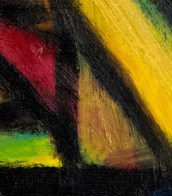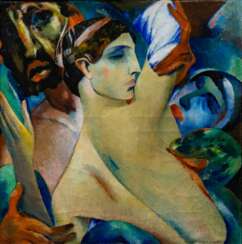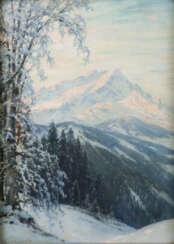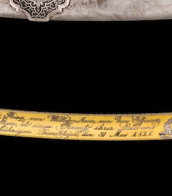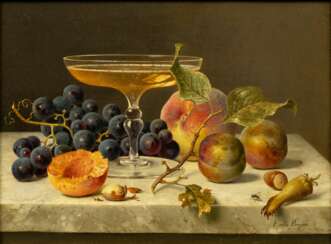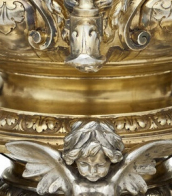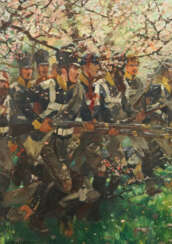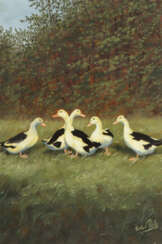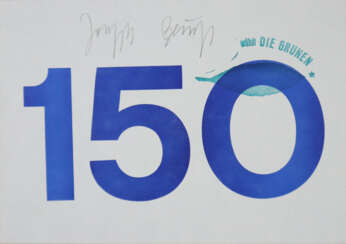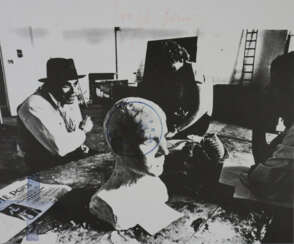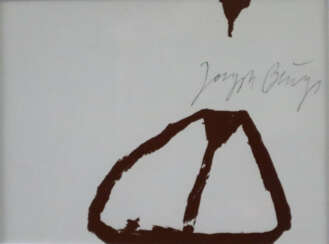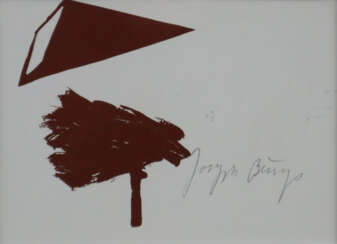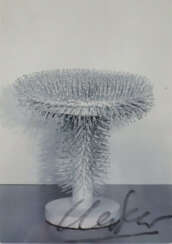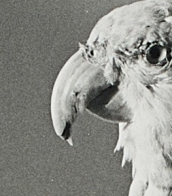düsseldorf
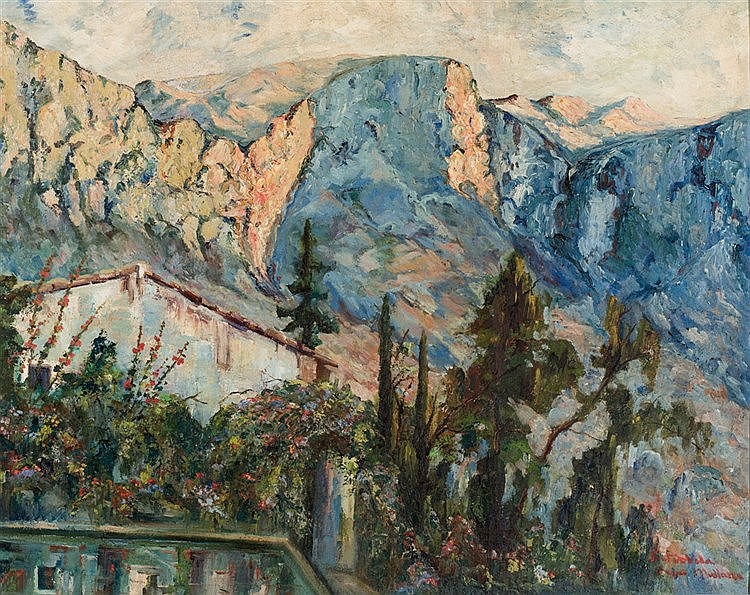
Ulrich Leman is a German artist of "Rhenish Expressionism.
He studied at the Düsseldorf Academy and joined the group of progressive artists "Das Junge Rheinland". In the late 1920s, Leman made his first trip to Mallorca and decided to stay there. The beauties of this Spanish island inspired him to create many paintings with views of nature, depicting the characters of the local people.
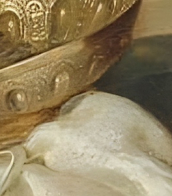
.jpg)
Arno Breker was a German architect and sculptor who is best known for his public works in Nazi Germany, where they were endorsed by the authorities as the antithesis of degenerate art. He was made official state sculptor, and exempted from military service. One of his better known statues is Die Partei, representing the spirit of the Nazi Party that flanked one side of the carriage entrance to Albert Speer's new Reich Chancellery.

.jpg)
Arno Breker was a German architect and sculptor who is best known for his public works in Nazi Germany, where they were endorsed by the authorities as the antithesis of degenerate art. He was made official state sculptor, and exempted from military service. One of his better known statues is Die Partei, representing the spirit of the Nazi Party that flanked one side of the carriage entrance to Albert Speer's new Reich Chancellery.

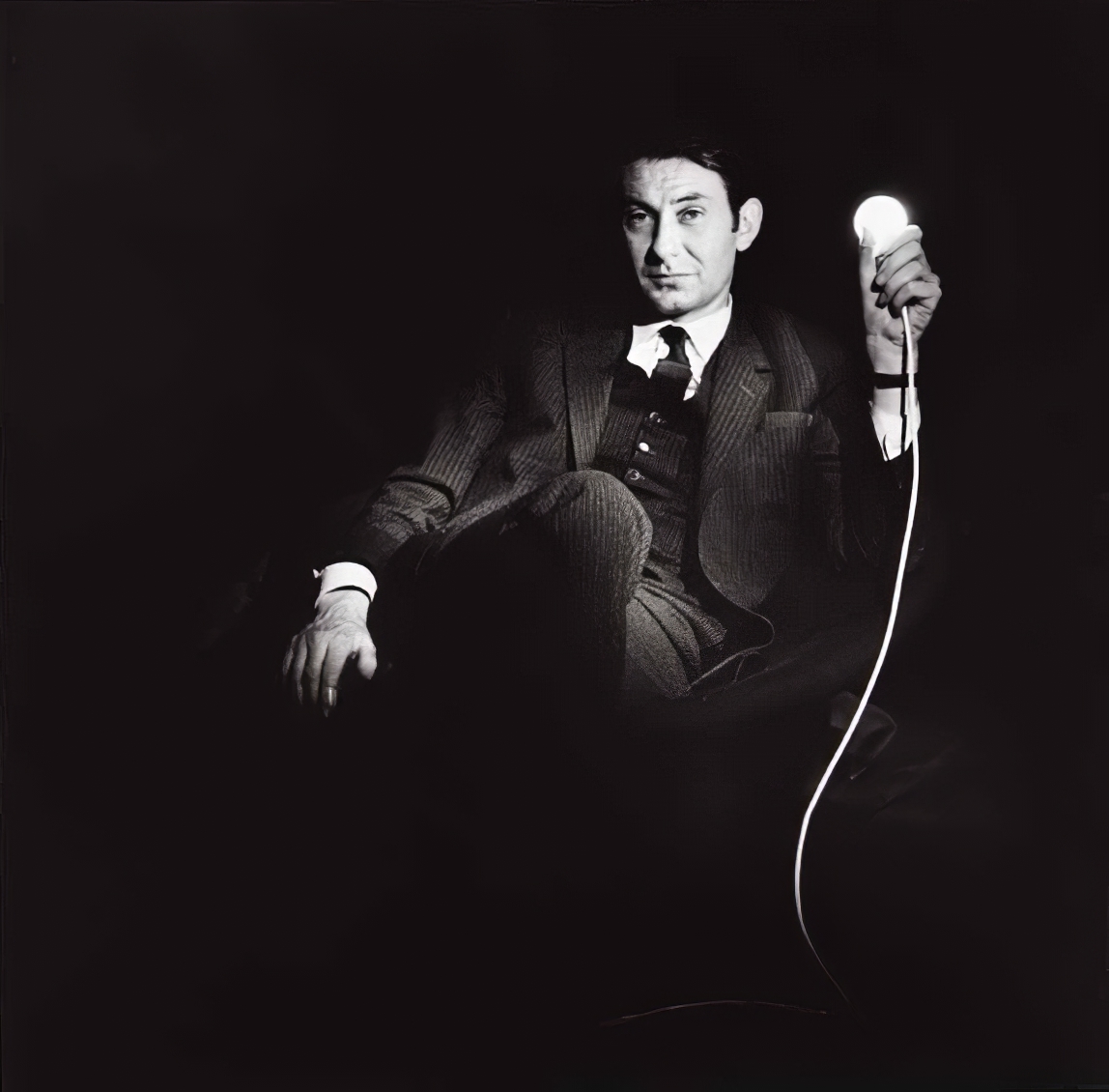
Otto Piene was a German-American artist specializing in kinetic and technology-based art, often working collaboratively.
